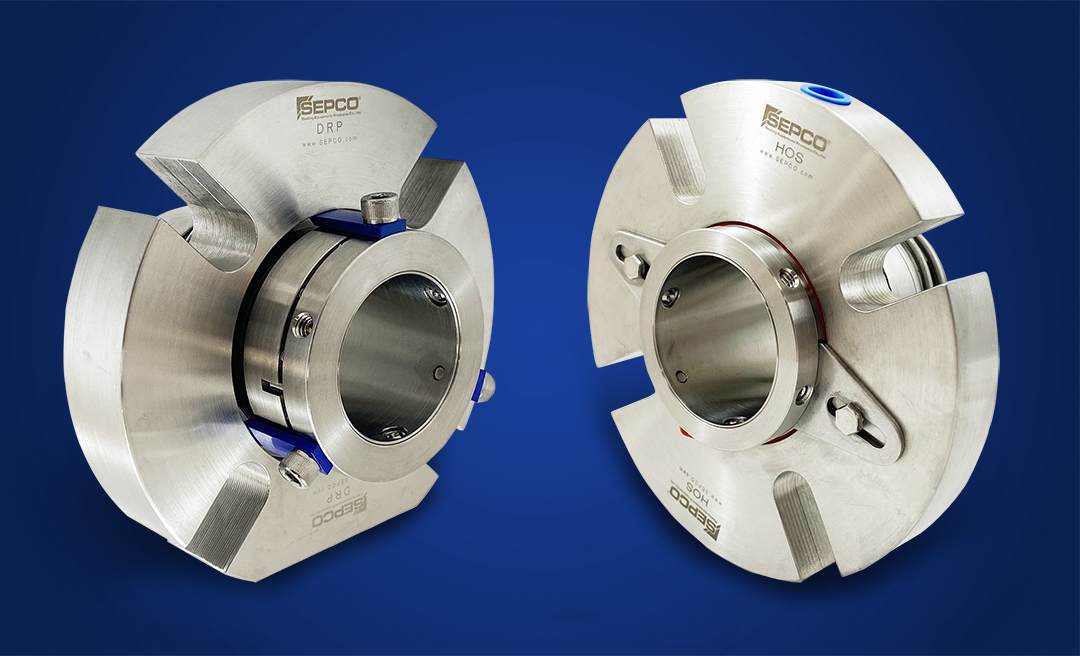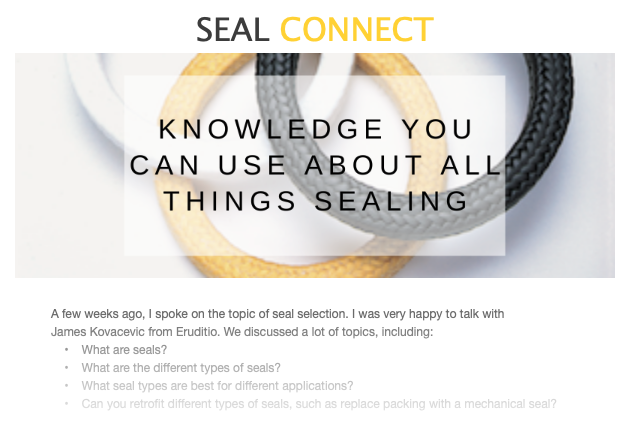Beyond the Sticker Shock: The Long-Term Economics of Investing in Premium Seals
 In the industrial world, sealing solutions are often viewed through the narrow lens of initial purchase cost. However, a more comprehensive economic analysis reveals that the true value of seals lies in their lifecycle performance. Here is a look into the lifecycle cost analysis (LCCA) and return on investment (ROI) for sealing systems, highlighting how investing in quality seals can lead to significant long-term savings and operational efficiencies.
In the industrial world, sealing solutions are often viewed through the narrow lens of initial purchase cost. However, a more comprehensive economic analysis reveals that the true value of seals lies in their lifecycle performance. Here is a look into the lifecycle cost analysis (LCCA) and return on investment (ROI) for sealing systems, highlighting how investing in quality seals can lead to significant long-term savings and operational efficiencies.
Lifecycle Cost Analysis (LCCA)
What is Lifecycle Cost Analysis?
Lifecycle Cost Analysis (LCCA) is a method to evaluate the total cost of ownership over an asset’s life cycle. In the context of sealing solutions, this includes not just the initial purchase price but also:
- Operating Costs: Energy consumption due to seal friction or leakage.
- Maintenance Costs: Regular maintenance or unexpected repairs due to seal failure.
- Replacement Costs: The frequency and cost of replacing seals.
- Downtime Costs: Losses from production stops or reduced efficiency due to seal issues.
Tools for LCCA in Sealing:
- Seal Life-Cycle Cost Estimator by ESA and FSA: This tool allows for comparing different sealing scenarios, including single seals, dual seals, or sealless pumps, by inputting specific parameters like energy costs, maintenance frequencies, and downtime implications. The estimator provides a comparative analysis that can guide decision-making in selecting sealing technologies based on long-term cost rather than just upfront cost.
- Example from Pumps & Systems: An analysis comparing three sealing scenarios for a pump application showed that while a single seal with API Plan 23 might have lower initial costs, the energy and maintenance costs over time made dual pressurized seals with API Plan 54 more economical due to longer MTBR (Mean Time Between Repairs) and reduced energy consumption.
Long-term Savings from Quality Seals:
Energy Efficiency: High-quality seals often have lower friction, reducing energy costs. For instance, moving from compression packing to a mechanical seal can reduce parasitic losses, leading to energy savings over time.
Reduced Maintenance and Downtime: Quality seals engineered for specific applications can extend the time between maintenance, directly impacting operational uptime. An example from the Fluid Sealing Association indicates that modern sealing systems can increase meantime between repairs by up to 50% compared to older technologies.
Environmental Impact: Efficient seals reduce leaks, which can lead to savings on fluid costs and environmental cleanup, while also potentially avoiding fines for non-compliance with environmental regulations.
ROI Calculations
Understanding ROI in Sealing:
Return on Investment (ROI) for seals isn’t just about the cost of the seal itself but how that investment translates into operational benefits.
Demonstrating ROI:
Initial Cost vs. Long-Term Benefits: While a high-quality seal might have a higher upfront cost, the ROI is realized through:
- Longevity: Seals designed for durability might last longer than cheaper alternatives, reducing the frequency of replacements. For example, a study on mechanical seals for pumps showed that while the initial cost was 20% higher for a premium seal, the lifecycle cost over five years was 40% less due to fewer replacements and lower maintenance.
- Performance: Quality seals can perform better under harsh conditions, reducing the need for additional sealing solutions or system modifications. This performance can lead to a direct increase in profitability by maintaining production rates or reducing waste.
- Energy Savings: As mentioned, seals that minimize friction can save significant amounts on energy bills, directly affecting ROI. For instance, in a scenario analyzed by the FSA, switching to a seal with lower energy consumption resulted in energy savings that covered the cost difference within two years.
- Case Study Insights: A practical example from the industry involves a chemical plant where upgrading to a specialized sealing solution for a corrosive environment resulted in an ROI within 18 months. The new seals not only lasted longer but also eliminated the need for frequent shutdowns for seal replacements, which previously caused considerable financial losses due to downtime.
ROI Calculation Example:
Initial Investment: $5,000 for advanced sealing technology.
Annual Savings:
- Energy: $1,500/year due to reduced friction.
- Maintenance: $2,000/year from less frequent repairs.
- Downtime: $3,000/year from reduced production halts.
- Total Annual Savings: $6,500/year
- Payback Period: $5,000 / $6,500 = 0.77 years or approximately 9 months.
- ROI over 5 Years: (5 years * $6,500) – $5,000 = $27,500 net savings.
This example illustrates how the initial higher investment in sealing technology can lead to substantial savings, offering a clear ROI when considering the entire lifecycle.
Conclusion:
The economics of sealing go beyond the sticker price; they encompass a broader spectrum of cost benefits over time. Through rigorous lifecycle cost analysis and ROI calculations, industries can make informed decisions about sealing systems, ensuring they choose solutions that not only meet their technical requirements but also contribute to financial health and sustainability. Investing in quality seals is not merely an expenditure but an investment in long-term operational efficiency and cost reduction.
 SEAL CONNECT
SEAL CONNECT Find Your Sealing Solution
Find Your Sealing Solution